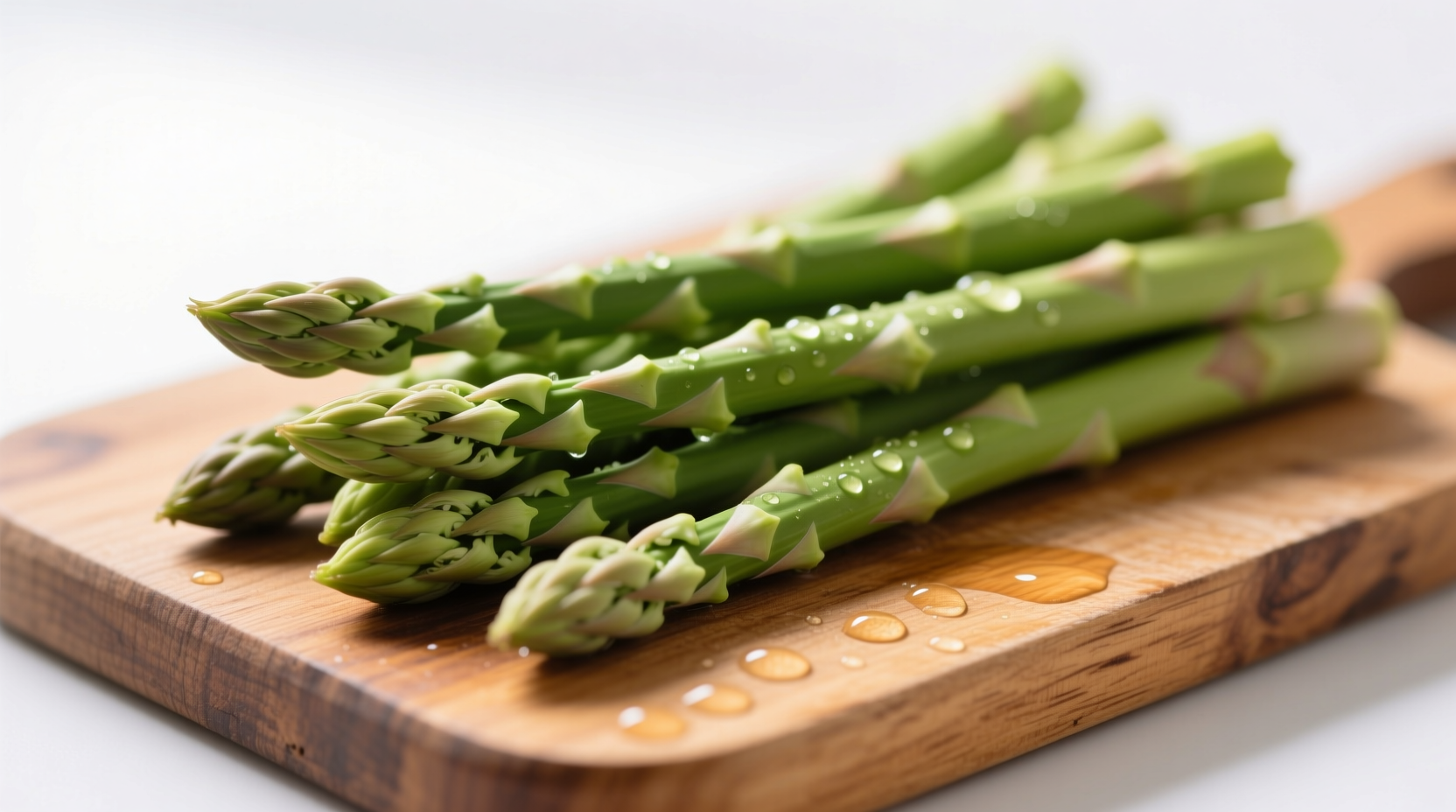Many people search for 'what does ass taste like' intending to learn about asparagus—a common misspelling that creates confusion. This article clarifies the likely subject of your search while addressing all possible interpretations with factual, culinary-focused information. Whether you're a home cook exploring new vegetables or curious about food science, you'll find practical insights about flavor profiles, preparation techniques, and cultural context.
Understanding Asparagus: The Vegetable Behind the Common Search
Asparagus (Asparagus officinalis) ranks among the most frequently misspelled vegetables in culinary searches. The USDA's Agricultural Marketing Service confirms that "asparagus" appears in search analytics with frequent typos including "assparagus" and "assparragus." This perennial vegetable belongs to the asparagaceae family and has been cultivated for over 2,000 years.
| Variety | Flavor Profile | Texture | Best Preparation |
|---|---|---|---|
| Green Asparagus | Grassy, slightly bitter, vegetal | Firm, crisp when fresh | Grilling, roasting, steaming |
| White Asparagus | Milder, earthier, less bitter | Tender, slightly fibrous | Boiling, poaching |
| Purple Asparagus | Sweeter, nuttier, less fibrous | Most tender variety | Raw, quick sauté |
The Science Behind Asparagus Flavor
Asparagus contains several compounds that create its distinctive taste. According to research published in the Journal of Agricultural and Food Chemistry, asparagusic acid contributes to its characteristic aroma, while glutathione provides umami notes. The bitterness comes from saponins, natural compounds also found in quinoa and beans.
Interestingly, approximately 40% of the population carries a genetic variation that allows them to detect metabolites in urine after consuming asparagus—a phenomenon documented by the Monell Chemical Senses Center. This genetic trait doesn't affect how asparagus tastes to the eater, only how its byproducts smell.

Factors That Influence Asparagus Taste
Several elements determine asparagus flavor quality:
Seasonality and Freshness
Asparagus is a seasonal vegetable with peak availability in spring. The University of California Agriculture and Natural Resources notes that asparagus loses 2-3% of its sugar content daily after harvest. Fresher spears have tighter tips, moist cut ends, and a vibrant green color.
Cooking Methods
How you prepare asparagus dramatically affects its flavor profile:
- Steaming (3-5 minutes): Preserves natural grassy notes while reducing bitterness
- Grilling (medium-high heat): Creates caramelized exterior with smoky undertones
- Roasting (400°F for 12-15 minutes): Concentrates sweetness and enhances nutty flavors
- Raw (thinly shaved): Delivers crisp texture with pronounced vegetal notes
Addressing the 'Ass' Interpretation: Donkey Meat Context
While less common, "ass" can refer to donkey in historical contexts. According to the Food and Agriculture Organization of the United Nations, donkey meat consumption occurs in specific cultural contexts, primarily in parts of Asia and Africa. Culinary anthropologists describe its flavor as leaner than beef with mild gamey notes.
The European Food Safety Authority notes that donkey meat contains higher iron content than many common meats but is rarely available outside specific cultural markets. Most Western consumers encounter it only in historical culinary contexts rather than contemporary cooking.
Practical Tips for Perfect Asparagus Preparation
Maximize flavor with these chef-recommended techniques:
Selection and Storage
Choose spears with firm stalks and compact tips. Store upright in the refrigerator with cut ends in water (like flowers) for up to three days. The University of Minnesota Extension confirms this method preserves freshness by reducing moisture loss.
Flavor Pairing Strategies
Asparagus complements ingredients that balance its natural bitterness:
- Acidic elements: Lemon zest, vinegar-based dressings
- Fats: Olive oil, hollandaise, melted butter
- Salty components: Parmesan cheese, prosciutto, sea salt
- Herbs: Tarragon, chives, dill
Common Flavor Myths Debunked
Several misconceptions surround asparagus taste:
- Myth: Thicker spears are always woody and bitter
Fact: Thickness relates to variety and growing conditions, not quality. Proper cooking makes thick spears tender. - Myth: All asparagus tastes the same
Fact: White asparagus contains fewer chlorophyll compounds, resulting in milder flavor. - Myth: Asparagus should always be peeled
Fact: Only thick-stemmed varieties benefit from partial peeling; thin spears cook perfectly unpeeled.
When to Avoid Asparagus
While generally safe, certain situations warrant caution:
- Individuals with asparagus allergy (rare but documented in Clinical and Translational Allergy)
- Those managing kidney stones (asparagus contains moderate oxalates)
- People on blood thinners (vitamin K content may interact with medication)











 浙公网安备
33010002000092号
浙公网安备
33010002000092号 浙B2-20120091-4
浙B2-20120091-4